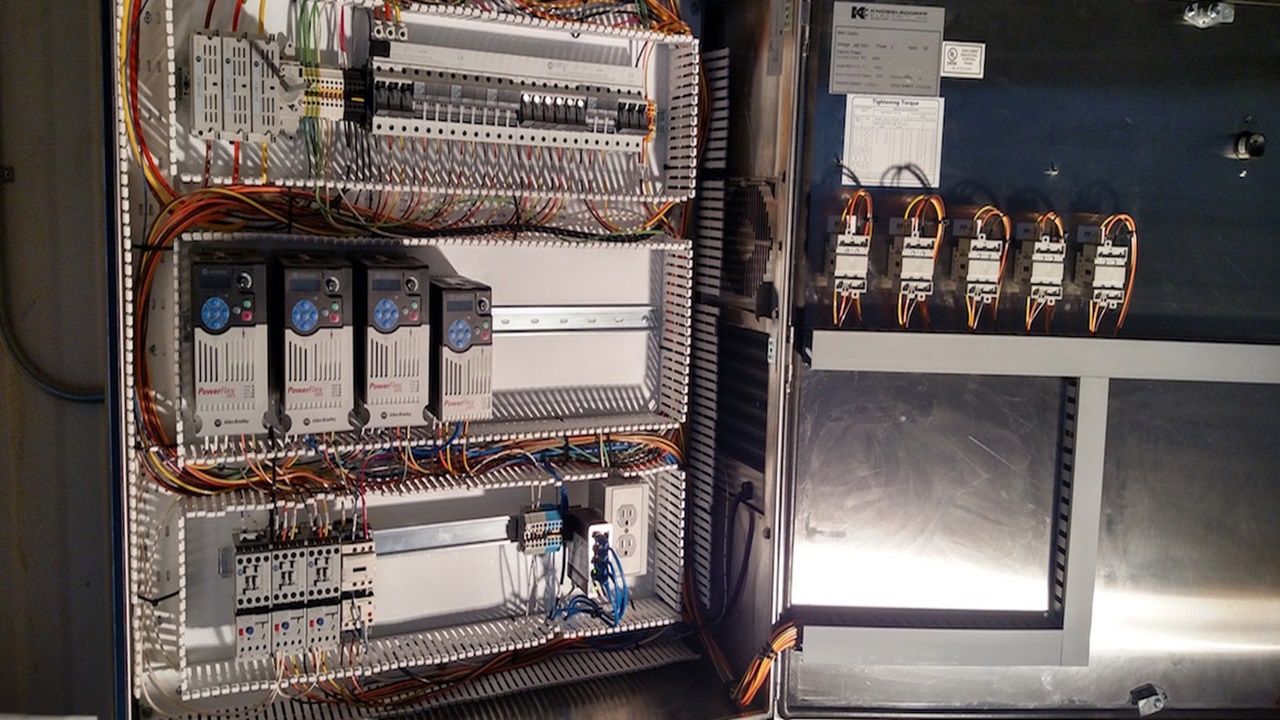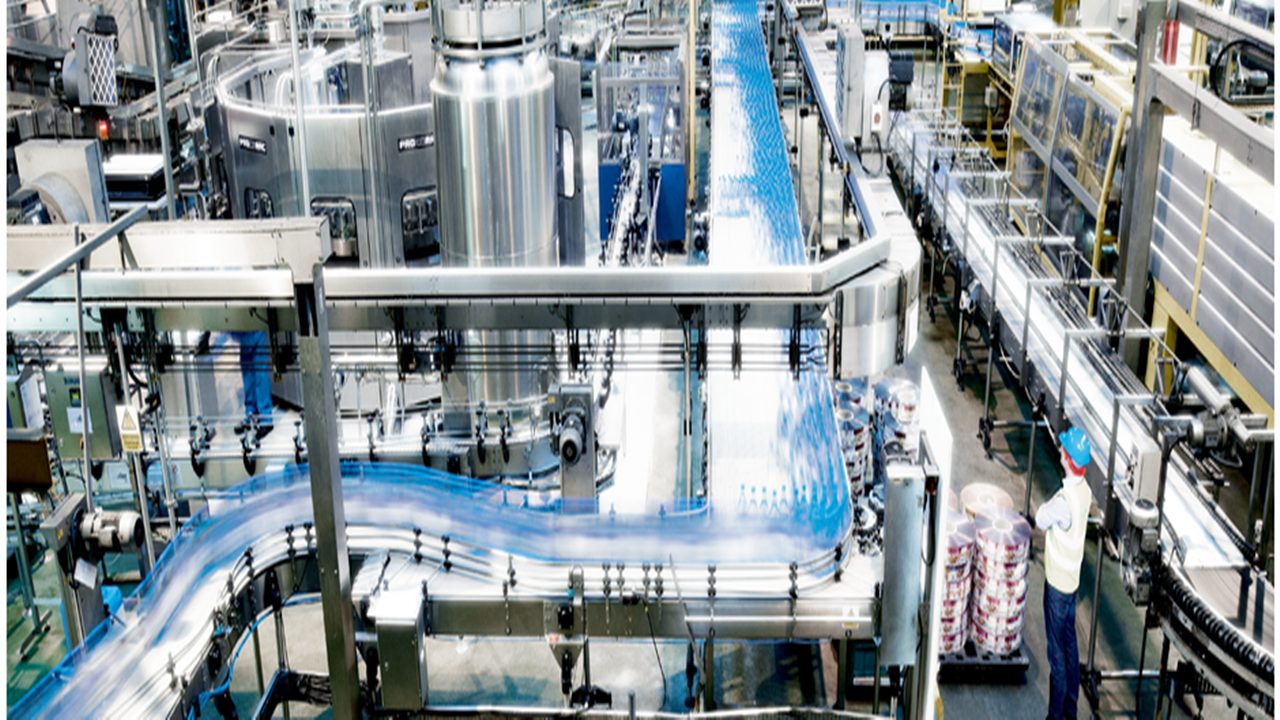
Improving Operability and Profitability on Machine Controls in Industrial Automation
A recent keynote presented by a Schneider Electric executive focused on improved operability and profitability of machine controls highlighted several areas of opportunity for manufacturers of industrial automation systems. The focus was on integrating automation into systems, and bringing insights to operators. The concept of enabling operators has been used by automation suppliers for some time, but Martin’s talk focused on profitability. For example, the importance of reducing the cost of production by introducing predictive maintenance in plant operations is gaining increasing attention.
Increased operability and profitability of machine controls in industrial automation
The manufacturing industry is the backbone of any nation’s economy, and a more efficient performance means a stronger economy. With the advent of smart manufacturing systems, productivity in newly developed manufacturing industries has increased by as much as 17 to 20%. These systems also improve energy efficiency and reduce the need for manual intervention, which helps save costs and resources. In this era of global competition, manufacturers are competing on several levels, including innovation, short response time to changing market conditions, reliability of products, and digitization of processes.
The rise of globalization has prompted manufacturers to invest in industrial automation systems to maintain consistent quality in their products and processes. While manual processes have a margin of error of one to 1.15%, automated manufacturing systems are able to produce products with an error rate of 0.0001% or less. In addition, industrial automation can boost production and quality of output while decreasing the need for human intervention. As a result, industrial automation helps improve working conditions and productivity.
Improved monitoring and predictive maintenance are also important features of industrial automation systems. With sensors on various production parameters, automated systems can track their changes and alert technicians to any issues. These changes can be either an indication of a problem with equipment or a faulty production process. As a result, immediate service or repair can be performed before serious damage is done to equipment. It also provides a safer working environment.
Incorporating new GNSS and SBAS systems, including the European EGNOS and Galileo systems, has made machinery automation systems more robust and applicable in various scenarios. With the rise of GNSS and SBAS systems, machine controls can now function in any industry. The advent of these systems has helped reduce the complexity and cost of machine control systems. As a result, they are becoming an important part of industrial automation.
Automated preventive maintenance can also improve the life and performance of machines, increasing the value of assets and reducing capital expenses. By leveraging IoT, manufacturers can identify potential maintenance problems and optimize throughput rates and capacity. These adjustments directly impact the bottom line. So why not take advantage of this new technology and benefit from the benefits of greater productivity? And by automating your operations, you’ll see a significant increase in profitability.
Improved safety is a major advantage of industrial automation. A robot will reduce the risk of accidents on assembly lines. Meanwhile, thermal sensors will continuously monitor the temperature of the production area and send an alert if it spikes. When these temperatures spike, workers can be safely displaced from the production line. In addition to this, industrial automation helps to reduce the costs of production and improves the quality of products.
Challenges of controller manufacturers to achieve operability and profitability
In this age of industrial automation, the choice of the right industrial control system is vital to the productivity and profitability of a manufacturing plant. Industrial organizations must maximize uptime while meeting high reliability requirements. They must also control maintenance costs and address issues related to energy efficiency and regulatory compliance. They must also be flexible to accommodate future growth. Flexible industrial control systems can help them achieve these goals.
Today’s manufacturing industry has changed to the extent that only those companies who invest in the latest technologies can compete. This is true even for small companies. In this modern era, a company must be able to acquire data at scale to stay ahead of the competition. Besides, data access is a critical challenge for automation. Machines and artificial intelligence require hundreds of thousands of times more data than a human can gather. Many small companies simply do not have the data collection facilities to do this.
The rise in cost of production coupled with the strengthening of the Yuan is driving foreign companies to look for alternative manufacturing destinations in India. India aims to become a preferred destination for global players and needs to focus on quality and environment-friendly production. Quality production is only possible if proper industrial automation is implemented. India’s Make in India initiative is expected to accelerate the adoption of factory automation solutions. This initiative will result in major investments in the manufacturing industry.
The adoption of Industry 4.0 can transform factory production lines, processing plants, and warehouse operations. However, the investment that companies make in industrial automation systems should be kept to a minimum. Market trends point to several ways to reduce expenditures related to the adoption of Industry 4.0. This type of automation can lead to increased output, improved quality and reduced waste. Moreover, it can be a great enabler for predictive maintenance activities.
Impact of virtualization on controller manufacturers to achieve operability and profitability
The aspirational goals of industrial transformation revolve around the service dimension of the automation pyramid. Having more data will help drive more value downstream the supply chain. With more data, companies will be able to predict and react to changing needs more efficiently. As a result, they will be able to create a more flexible and effective manufacturing process. This is where the impact of virtualization on controller manufacturers will be most significant.
Virtualization is already changing the way industrial automation works. New technologies are being developed to make industrial automation systems more flexible and efficient. Some of these technologies include edge computing, multi-plant orchestration, and service-oriented approaches. The future of automation is based on these developments. This will result in higher security, greater intelligence, and more functionality. In the near future, SCADA systems will be obsolete.
While the vision of Industry 4.0 is clear, the implementation of this vision will be difficult. In order to achieve this vision, the automation industry must adopt several key technologies. The adoption of cloud computing, for example, will enable companies to run their operations from anywhere. In addition, cloud-based services will improve the security of information. Virtualization will also help manufacturers increase the speed of development and innovation.
Speed is a crucial factor in real-time operations, such as predictive maintenance and the smart factory. Speed also plays a critical role in today’s competitive landscape. Data is the lifeblood of industry 4.0. Manufacturing operations, logistics operations, and data are increasingly interconnected. In order to maintain and improve operational efficiency, companies must ensure that their solutions offer high-speed connectivity, interoperability, and modularity.
Industry 4.0 refers to the information-intensive transformation of manufacturing. Using modern control systems, cyber-physical systems, embedded software, and the Internet of Things, the industry will become increasingly connected and automated. This new technology will transform manufacturing processes and bring new ways to create value and make the most of industrial assets. A new generation of industry 4.0 will require a new way to connect information, including big data and artificial intelligence.
The latest data traffic demands network systems to cope with this huge load. Distributed computing and shared memory architectures are key to addressing this problem. Distributed systems are essential to industrial automation. However, these technologies can be expensive, and they can also be complicated. For example, a network with multiple cores can only be scalable if it can support a large number of applications.
We are always here to help you business with automation and its benefits. Get a Free Consultation Now.


